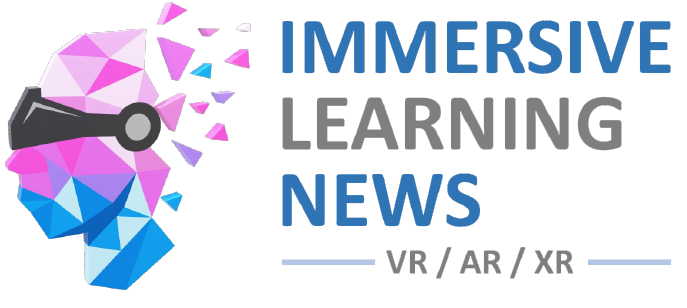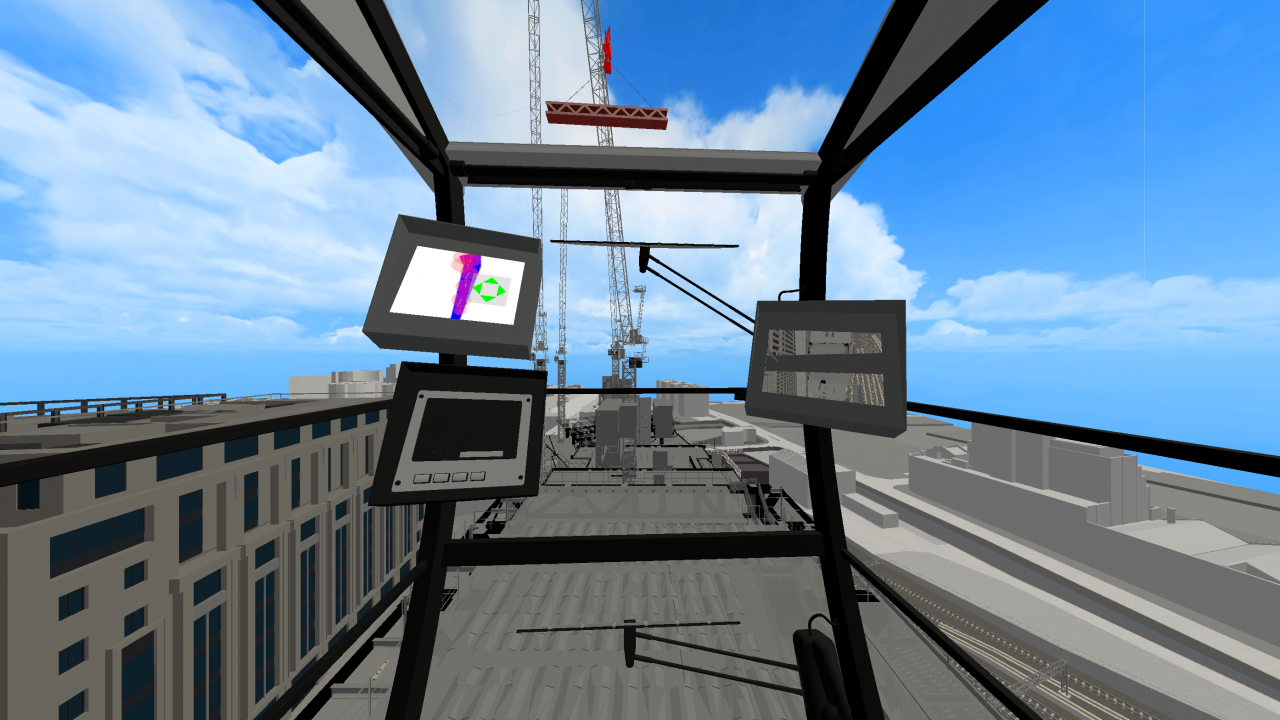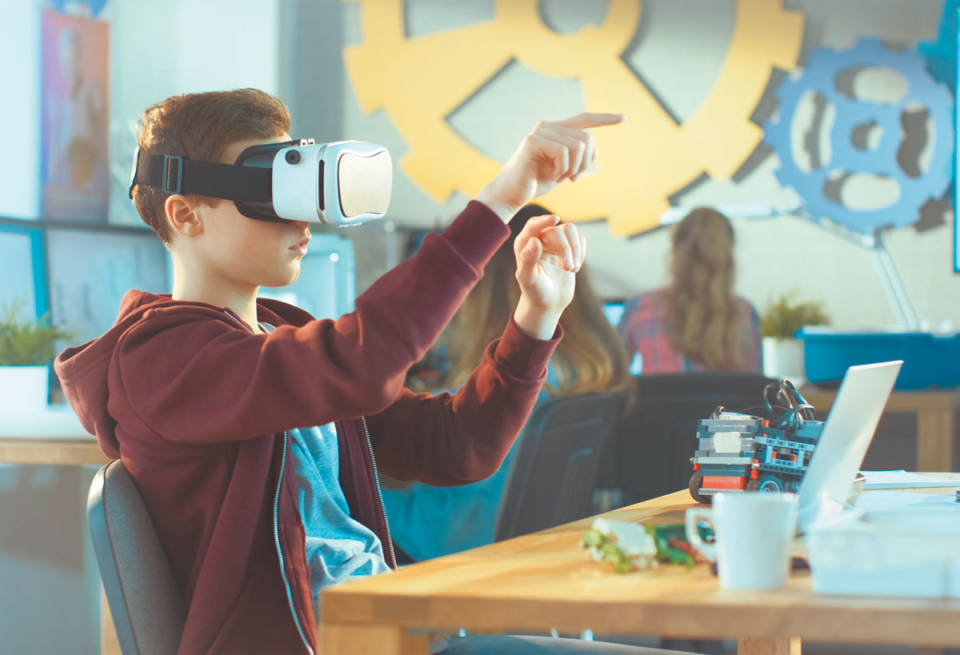Research from the leading B2B software search website has found that AR/VR tools that were once preserved for giant tech corporations have now become a popular resource among SME’s in the UK.
Software Advice’s survey has revealed that 40 per cent of small to medium-sized corporations use AR and/or VR in training. Of this percentage, 59 per cent implemented it for the first time during the pandemic.
The survey revealed that the bigger SME’s (100-250 employees), and the SME’s with a younger workforce were most likely to utilise AR/VR. Younger respondents in general demonstrated more interest in AR/VR technology than older respondents. Moreover, of the companies that do not yet use AR/VR, 41% would consider deploying it in the future.
Respondents highlighted the many benefits that come from the use of AR, including that 61 per cent claim that it helps employees better understand the job, 51 per cent say it adds a layer of practicality to the training process and 35 per cent believe it aids employees in learning faster. Additionally, 33 per cent believe it to be a cost-effective tool.
VR had a similar response rate, however, only 47% believed it to help employees understand the job, as opposed to 67 per cent for AR. A similar number of respondents cited affordability as a benefit of AR and VR, even though VR is three times more expensive than AR.
86 per cent plan to continue to use AR/VR once the pandemic is over. The advantages of incorporating AR/VR during a pandemic are wide-ranging, including adhering to social distancing, reduced costs for companies struggling financially, capacity to deliver to a distributed workforce, and it can be utilised for internal (employee-facing) and external (customer-facing) applications.
The usage of AR and VR in the workplace is predicted to grow from $829 million in 2018 to $4.26 billion in 2023.
Sonia Navarrete, content analyst at Software Advice UK, comments:
The pandemic has drastically shaped businesses, including the tools they use. It has propelled them into becoming more technologically advanced and diverse. This is exemplified through the adoption of AR/VR in SMEs. Once seen as a complicated, expensive and technical tool, now it has evolved into becoming part of the everyday for many SMEs. As technologies advance further and therefore become cheaper to implement, more and more mechanised tools such as AR/VR will start being utilised on a daily basis.
Quelle:
Foto: AR and VR are now used by 40% of SMEs for training
https://www.fenews.co.uk/press-releases/77201-ar-and-vr-are-now-used-by-40-of-smes-for-training




